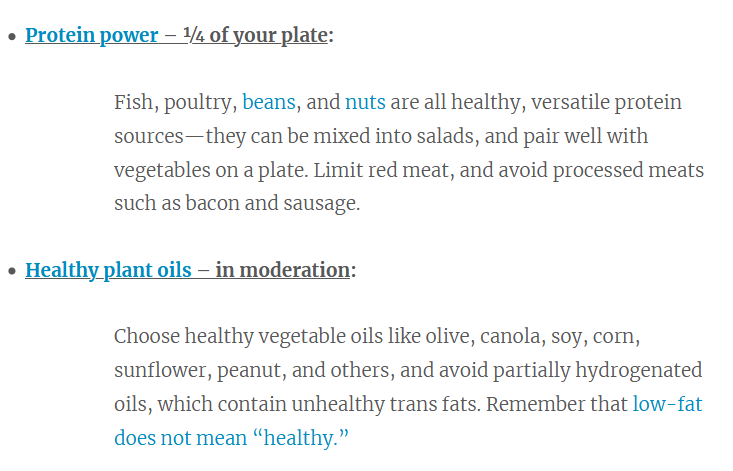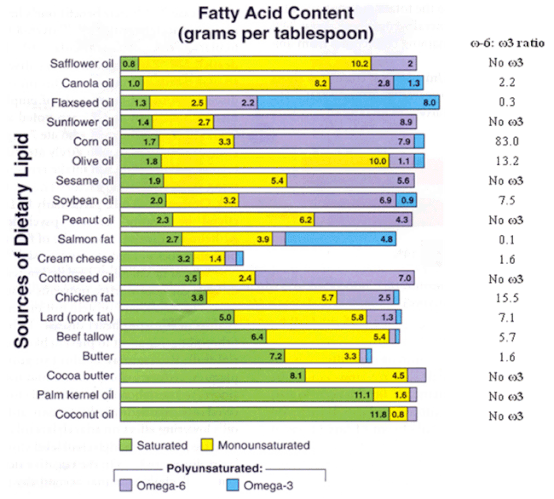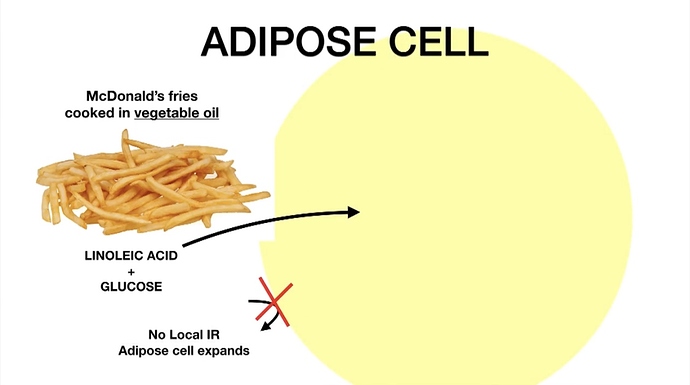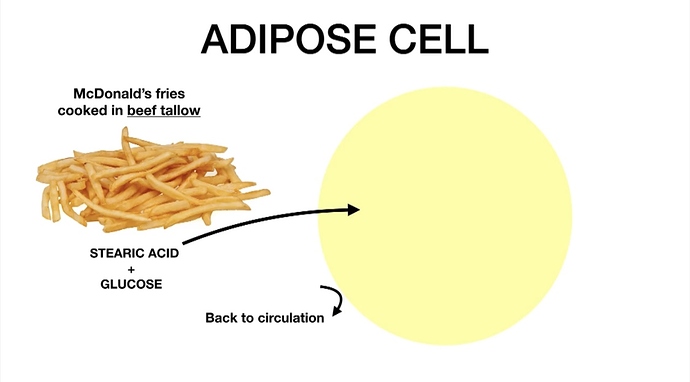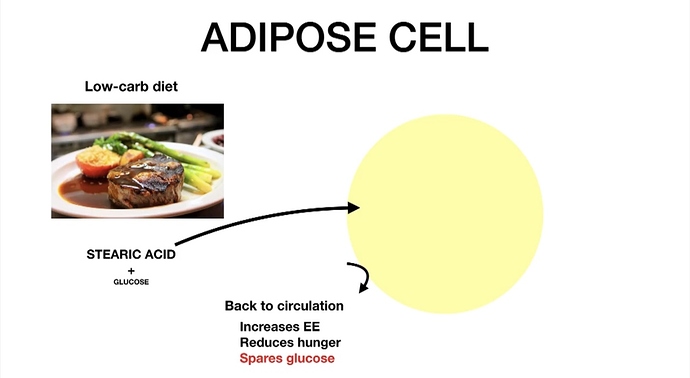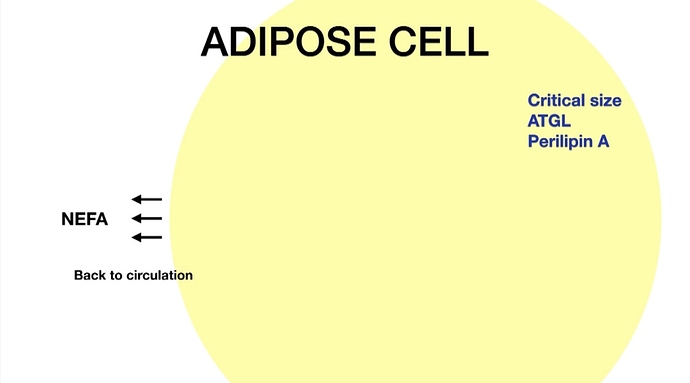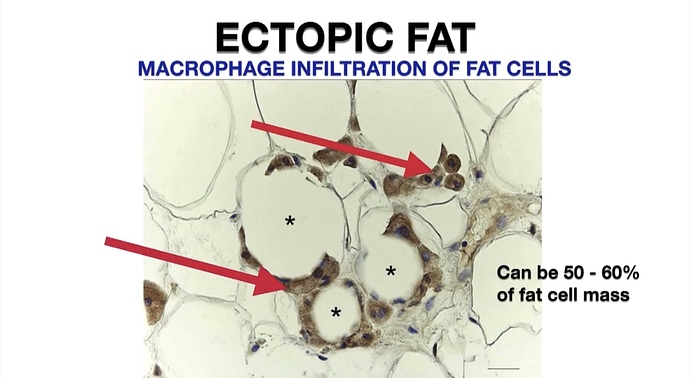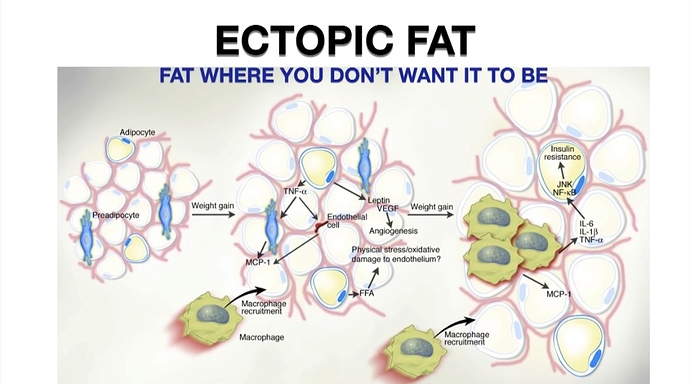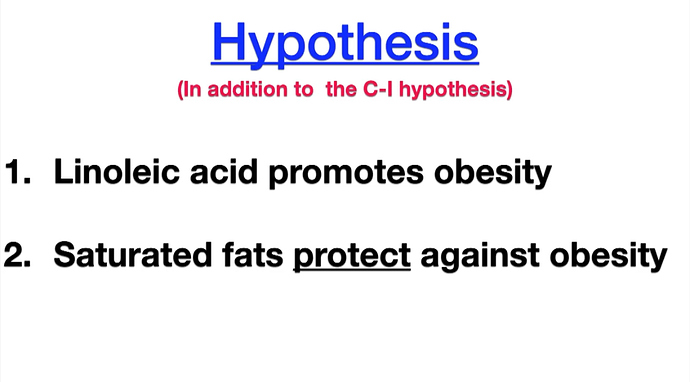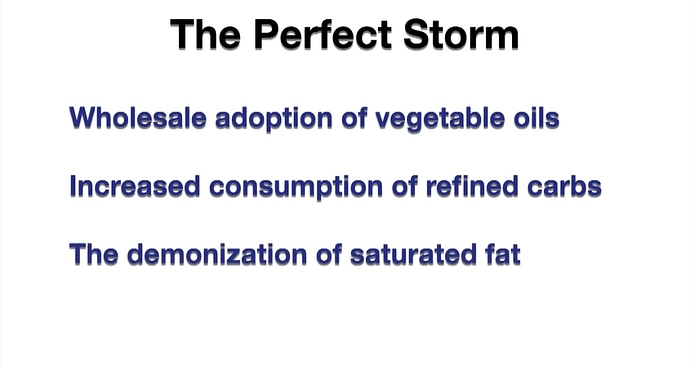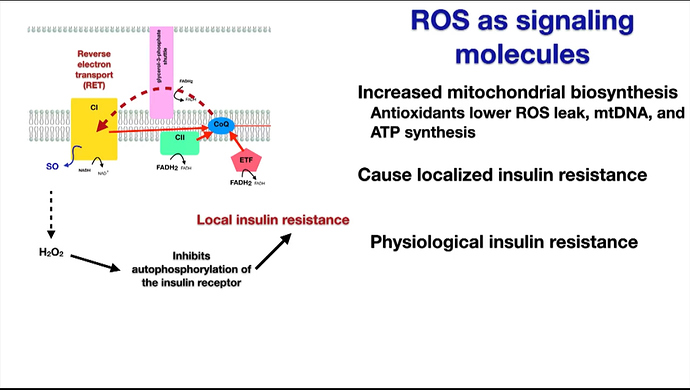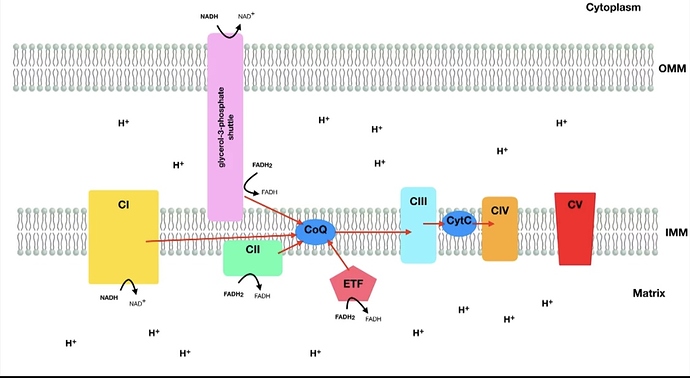They are setting the next generation up for failure
Again Harvard, really
The best recommendations that Unilever and Bunge can buy with their research dollar.
Straight from 1977…
-
Corn oil is actually good for you
-
Eat “heart healthy” whole wheat
-
Avoid meat and animal fats
How did that work for the last 40 years? (Answer: very poorly.)
You’re too cynical. Next you’re going to tell me that Crisco was made from cotton seed oil because it was a high profit margin waste product of agriculture, and not because it was nutritionally superior to lard. I wasn’t born yesterday. Scientists studied it extensively and were pretty emphatic that cottonseed oil is the oil of the future. 
well - as a re(tro)placement for fossil oils - maybe it is the oil of the future - for oiling machines - just not the marvy machine that is the human body! 
Here is a really great article, with the full sordid tale of how Crisco came into being and how vegetable oils supplanted lard on the American table.
The name Crisco is portmanteau “Crystalized Cotton Oil”. Why cotton oil? Well because for 100lbs of cotton, 162lbs of cotton seeds are produced. There was originally no practical use for the seeds.
Luckily, Proctor and Gamble figured out a way to hydrogenate the stuff to make oil for soap making. In China it was (and still is!) used for male birth control. Later, P&G figured out how to refine it sufficiently that it was tasteless, and cattle would eat it. It didn’t kill the cows, so they figured they could make a fortune selling it for human consumption. It’s an incredible story of the power of marketing and “expert” opinions.
Here are two articles on the subject. The first is by Dr. Fung and is a bit shorter.
Nina Teicholz covers it in The Big Fat Surprise as well. Great book for all keto people.
Aaaaaand that totally just killed my love for Crisco in baking non keto treats for family… yikes! I am not a cow and neither are they!
Try animal fats (leaf lard, tallow, lard, goose/duck fat, etc.). If that doesn’t work, some palm oils are OK, though how they are sourced is tricky (did they cut down forest to plant the trees)?
This from Fung’s article sums it up:
Was it healthy? Nobody knew. Since this new-fangled semi-solid fat resembled food, and the decision was made to market this as food. They called this revolutionary new product Crisco, which stood for crystallized cottonseed oil.
I think nowadays the Crisco formula is partially hydrogenated soybean oil.
I’m not sure whether that’s better or worse than cottonseed, but I would everyone to avoid both of them (as well as all other seed oils, hydrogenated or not).
Hysteria is an interesting thing to observe; Dr. Fung is discussing hydrogenation of both plant and animal fats, which suddenly translates into:
“…all plant based or seed oils/fats are bad…”
”…So how do we know which are healthy fats, and which are unhealthy fats? Unsurprisingly, natural fats, whether they come from animal (meat, dairy) or plant sources (olive, avocado, nut) are generally healthy. Highly processed, industrial seed oils (HYDROGENATED, HEAT AND CHEMICAL EXTRACTION*) tend to be unhealthy. Let’s face the facts — we ate vegetable oils because they were CHEAP, not because they were healthy. …” …More
*emphasis added
The scary PUFA chart: (those are most likely hydrogenated PUFA’s?)
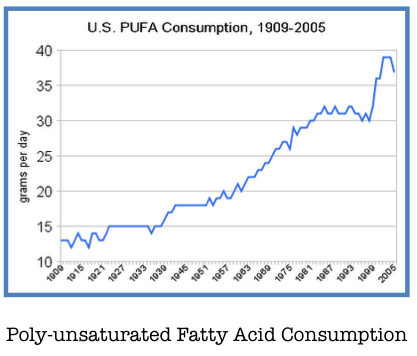
Invention To Industrial Processing Time Line:
[1] Hydrogenation: “…Year of invention, 1897. Hydrogenation – meaning, to treat with hydrogen – is a chemical reaction between molecular hydrogen (H 2): Inventor, Paul Sabatier. …” …More
[2] “…Wilhelm Normann, the discoverer of fat hydrogenation (fat hardening), was born January 16, 1870…” “…even greater difficulties in his efforts to convince other individuals of the usefulness of his…” …More
[3] “…In 1871, Henry W. Bradley of New York patented a process of creating Margarine that for the first time utilised vegetable oil (mainly cottonseed oil) combined with animal fats. The early 20th century also saw the invention of hydrogenation — a chemical process which turns vegetable oils into solid fats. …” …More
Bunny, PUFAs, aren’t we trying to rectify the omega 6: omega 3 ratio in our bodies, if we were swapped from butter to margarine (hydrogenated, spreadable PUFAs) as kids in the 1970s, and our parents swapped from lard to sunflower oil in non-stick frypans?
So, our cell membranes throughout our bodies are dysfunctional due to the structure being a predominantly inflammatory omega 6 fatty acid, rather than an anti-inflammatory omega 3 balance? [1]
First thing is too avoid the easily oxidised industrial seed oils. And seek a higher omega 3 intake to fix decades of high omega 6.
I’ll go and find the graphic…
But is the omega 3 focus and fatty acid balance still in favour as a health pursuit?
One factor being when you mix highly refined sugar with hydrogenation and a polyunsaturated fat it is going to cause lots of inflammation in the adipose cell (incl. macrophage infiltration) and other tissue and trap lipids but you also want to decreases the amount or volume of omega 6 and 3 ratios?
Also you want to have a balance of saturated polyunsaturated and monounsaturated fats?
As also pointed out in your pinned citation: ”…The goal of this review is not to comment on the extent to which dietary omega-3 fatty acids affect health and disease, but rather it is to give an overview of the nature of these dietary components and to present some of the mechanisms by which they may modulate cellular functions.…More
References:
[1] An Increase in the Omega-6/Omega-3 Fatty Acid Ratio Increases the Risk for Obesity “…It was also noted that a higher linoleic acid increased feed efficacy and caused greater weight gain than isocaloric diets containing less LA. Increasing the dietary LA from 1% to 8% of energy increased liver endocannabinoid levels, which increased the risk of developing obesity, even in a low fat diet. …” …More
Note: hydrogenation and/or heating (temperature/thermal volatility?) a polyunsaturated fat (linoleic acid) rather than raw or its natural form?[2] Dr. Eades discusses hydrogenated polyunsaturated fats:
[3] “…A meta-analysis of 72 studies with over 103,052 people have found no validity in the lipid hypothesis. The conclusion of the Meta-Analysis was, “In contrast to current recommendations, this systematic review found no evidence that saturated fat increases the risk of coronary disease, or that polyunsaturated fats have a cardio protective effect.”[1] Dietary fats play a critical role in human health. They help keep cells healthy, help with brain development, help with the use of fat soluble vitamins, and they help cushion organs protecting them against blunt trauma. Fats come in multiple forms, saturated, unsaturated and trans fats just to name a few. …” …More
The thing is, what did they do? They told us to stop eating “saturated fat” and start drinking oil. So, everyone did that. McDonalds no longer used tallow to fry in. Everyone went to seed oils. Even now, if you get anything fried, it has been fried in seed oils. Used way too many times, too.
And they vilified “red” meat, so we went to eating more chicken. Compared to red meat (say, beef), chicken is much higher in PUFAs. So even our meat is higher in PUFAs.
And with the rise in vegetarian/veganism, we’re eating almonds and drinking almond “milk”. Guess what most nuts (save macadamias and maybe a few others) are (very) high in? PUFAs.
It’s a perfect storm. We move from animal fats, typically highest in MUFAs, then SFAs, then PUFAs, to tons and tons of PUFAs, everywhere.
I’ve been eating cocoa butter, higher in stearic acid. It really makes me not hungry. Because of this test, I believe that theory above by Dr. Eades (really by Petro D at Hyperlipid) is 100% correct.
And it has infiltrated keto, too. If you start living on bacon, dark meat chicken with the skin, almonds, avocados, etc., you can set up a quite high PUFA diet. Probably not as high as you would get on SAD, but pretty darn high. And then if you don’t know and use off the shelf mayo, salad dressings, anything with oil, you’re adding to your PUFA burden.
There’s also a theory that SFA are protective of O3. In other words, if you eat a higher SFA diet, you can eat less O3. You’ll absorb more, for one thing. You’ll spare it, too. By contrast, if you’re eating a high PUFA diet, O3 will get absorbed less and used more.
Of course, saying a “high” SFA diet is only so good, as anything natural with fat has SFA, MUFAs, and PUFAs. It’s just selecting low PUFAs that’s important, and if you want to add some higher O3, you could do that. But sticking to the most vilified meats, red meat from ruminants such as cows, that’s will keep your PUFA content low. Even grain-fed beef is waaaay lower in PUFAs than chicken, pork, almonds, any seed oil.
Now, if you’re eating a relatively clean, low PUFA diet, can you have chicken? I still eat chicken. I just try to eat it less than I did before. I also rarely eat almonds, basically never. And I’ve been trying to get my SFA content up.
Basically, I’m doing exactly the opposite of what the guidelines tell you to do.
Eating in extremes instead of eating and cooking intuitively will lead to health issues in the long run.
You remind me of my father. Heavy meat eater that would shame me for intuitively gravitating towards nuts/seafood but would grind up pumpkin seeds for the Omega 6s(PGE1) when he couldn’t get it up.
Something stood out to me in the article you referenced…
Under the header “How do omega-3 fatty acids function?” it talked a bit about omega-6 fatty acids and said this: “Indeed, arachidonic acid (this is an omega-6 fat whose metabolic precursor is Linoleic acid) metabolism is the target of nonsteroidal anti-inflammatory drugs (e.g., acetylsalicylic acid, ibuprofen), cyclooxygenase-2 (COX-2) inhibitors (e.g., rofecoxib, celecoxib[12]) and leukotriene antagonists (e.g., montelukast, zafirlukast).”
Is this saying that the main target of drugs like ibuprofen is the symptoms of inflammation caused by over-consumption of omega-6 fats? Are they just not putting two and two together or do pharmaceutical companies know that over-consumption of omega-6 fats is causing major, widespread problems?

